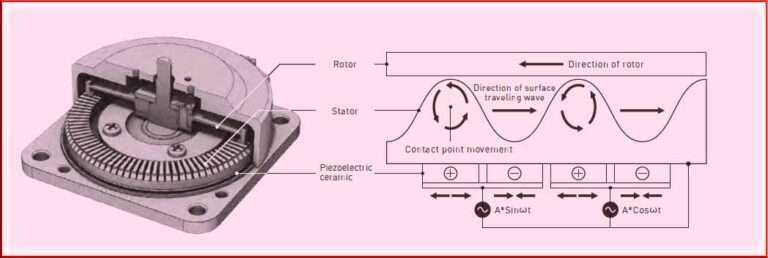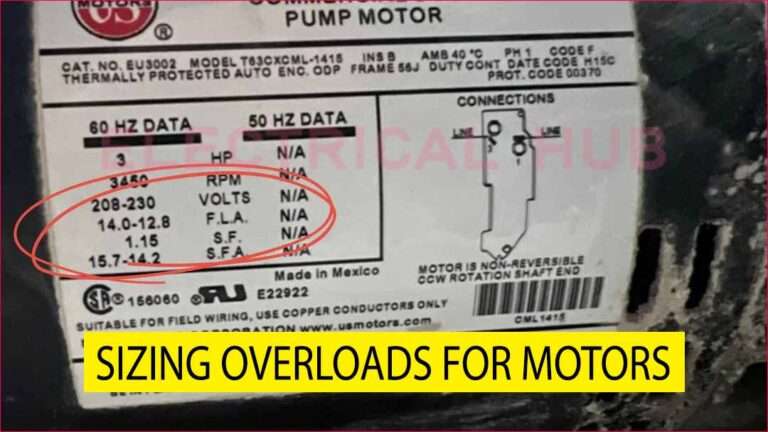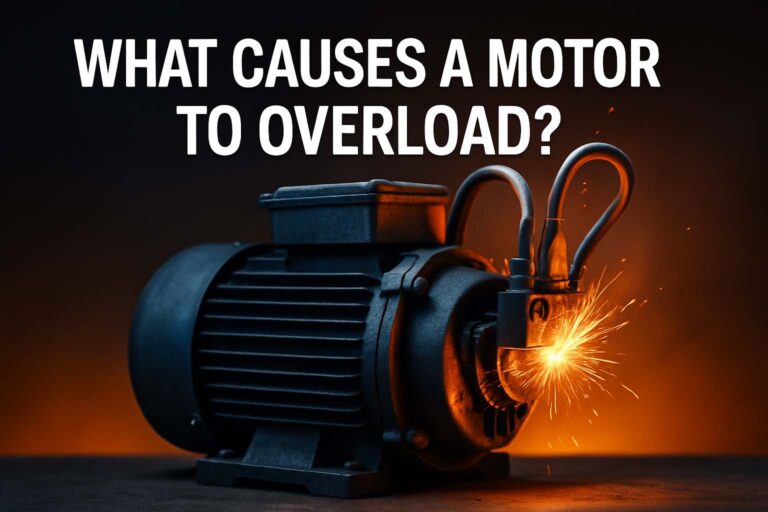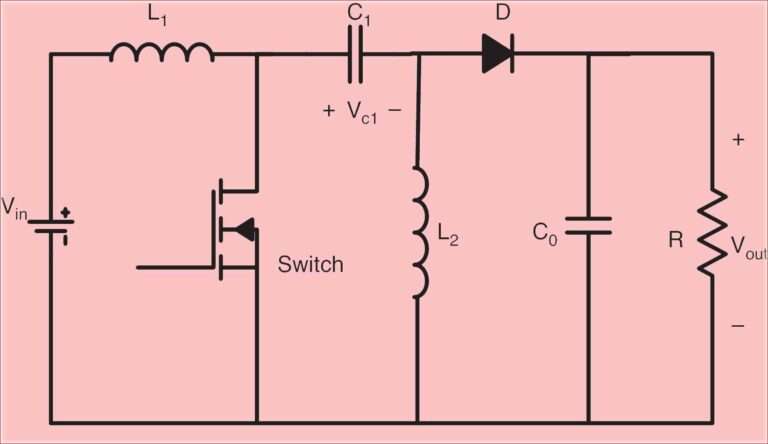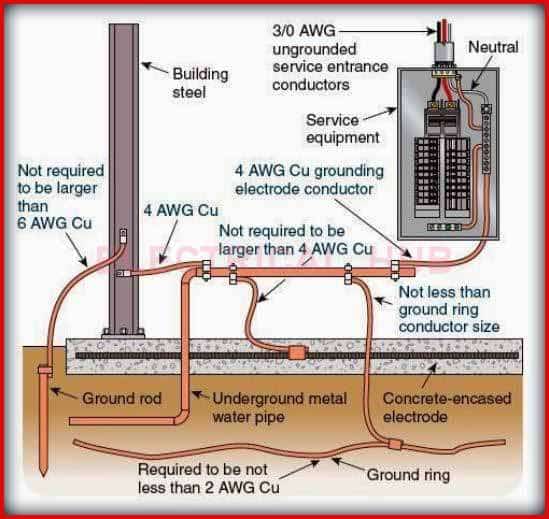Brushless vs Induction Motor: A Comprehensive Comparison
Brushless and induction motors are two of the most commonly used types of electric motors in a variety of applications, from household appliances to industrial machinery. Both types have their own unique features, advantages, and drawbacks. In this article, we will explore the differences between brushless and induction motors, focusing on their construction, performance, efficiency, and typical applications. This will help you understand which motor is better suited for specific tasks, and how their characteristics affect overall performance.
Understanding Brushless Motors
Brushless motors, as the name suggests, do not use brushes to transfer electrical current to the rotor. Instead, they use a permanent magnet rotor and a stator with an electronic controller that directs current through the stator windings. This design eliminates the need for brushes, which are typically found in traditional DC motors.
Construction and Components of Brushless Motors
Brushless motors consist of three main parts:
- Rotor: The rotor is equipped with permanent magnets that create a magnetic field.
- Stator: The stator has electromagnets, usually wound from copper wire.
- Electronic Controller: The controller manages the current to the stator coils to generate a rotating magnetic field.
The lack of brushes is a major benefit, as it reduces wear and tear, leading to a longer lifespan and reduced maintenance requirements.
Advantages of Brushless Motors
- Higher Efficiency: Brushless motors are known for their high efficiency, often exceeding 85% to 90%. They convert more electrical energy into mechanical energy.
- Longer Lifespan: With no brushes to wear out, brushless motors typically last much longer than their brushed counterparts.
- Higher Torque-to-Weight Ratio: Brushless motors can deliver more torque relative to their size and weight, making them ideal for applications where size and power are critical.
- Quiet Operation: Because there is no friction between brushes and the commutator, brushless motors operate with minimal noise.
Applications of Brushless Motors
Brushless motors are often used in applications requiring high precision, speed control, and reliability. Common uses include:
- Electric vehicles (EVs)
- Computer hard drives
- Drones
- Robotics
- HVAC systems
- Power tools
Understanding Induction Motors
Induction motors, also known as asynchronous motors, are the most commonly used type of motor in the world. They operate on the principle of electromagnetic induction, where a magnetic field generated by the stator induces a current in the rotor. This current creates its own magnetic field, which interacts with the stator field, causing the rotor to spin.
Construction and Components of Induction Motors
Induction motors are relatively simple in construction. They consist of:
- Stator: The stationary part of the motor that generates a rotating magnetic field when powered by AC electricity.
- Rotor: The rotating part of the motor, which is typically a laminated core that does not have any permanent magnets.
- Frame: The outer casing that holds all components together.
The key feature of induction motors is the absence of brushes and commutators. The rotor’s current is induced by the electromagnetic field of the stator, rather than requiring direct electrical contact.
Advantages of Induction Motors
- Simplicity and Durability: Induction motors are known for their simple construction and robustness. They require less maintenance compared to brushless motors.
- Cost-Effective: Induction motors are generally less expensive to manufacture and maintain than brushless motors, making them more suitable for budget-conscious applications.
- Wide Availability: Induction motors are readily available in a wide range of sizes and power ratings, which makes them versatile for various industrial applications.
- Robustness in Harsh Conditions: Induction motors can perform well in difficult environmental conditions such as high temperatures and dusty environments.
Applications of Induction Motors
Induction motors are used in numerous industrial and commercial applications due to their reliability, simplicity, and cost-effectiveness. Some typical uses include:
- Pumps and fans
- Conveyor belts
- Industrial machinery
- Electric vehicles
- Air conditioners
- HVAC systems
Brushless vs Induction Motor: Key Differences
Efficiency and Performance
When comparing brushless vs induction motors in terms of efficiency, brushless motors often come out on top. The absence of friction from brushes in brushless motors leads to higher efficiency. These motors are more suitable for applications requiring precision and energy conservation. Induction motors, while efficient, tend to lose some energy through heat and friction, reducing overall performance.
| Feature | Brushless Motor | Induction Motor |
|---|---|---|
| Efficiency | High, typically 85-90% | Moderate, typically 75-85% |
| Torque-to-Weight Ratio | High, more power for less weight | Moderate, larger motors for similar torque |
| Heat Generation | Lower heat generation | Higher heat generation, less efficient |
| Maintenance | Low maintenance (no brushes) | Moderate maintenance (more wear and tear) |
Cost and Complexity
Induction motors tend to be more affordable and simpler to build, which makes them the preferred choice for applications where cost is a major consideration. Brushless motors, on the other hand, are more expensive due to their advanced technology and the need for an electronic controller. While they require a higher initial investment, they often provide better long-term value due to their efficiency and longevity.
Lifespan and Durability
One of the most significant advantages of brushless motors is their long lifespan. Without brushes to wear out, they can last much longer than induction motors, which rely on rotating parts that experience wear and tear over time. Induction motors, however, are still very durable and can perform well in harsh environments where brushless motors might not be as effective.
Noise and Vibration
Brushless motors are generally quieter than induction motors. This is primarily because brushless motors lack brushes and commutators, which are common sources of noise and vibration in traditional motors. In contrast, induction motors, especially older models or those with unbalanced rotors, can generate more noise and vibration.
Applications in Different Industries
While both brushless and induction motors have their place, they serve different needs in various industries. Brushless motors are ideal for high-performance applications that require speed control and high efficiency, such as drones, electric vehicles, and robotics. On the other hand, induction motors are widely used in industrial settings where robustness, simplicity, and cost-effectiveness are paramount, such as pumps, conveyors, and HVAC systems.
Final Thoughts: Which Motor Should You Choose?
In the battle of brushless vs induction motor, the choice ultimately depends on your specific requirements. If efficiency, longevity, and precision are crucial factors, a brushless motor is the ideal choice. However, if you are looking for a more affordable solution that can handle heavy-duty industrial applications with less concern for noise and vibration, an induction motor may be a better fit.
Both motors have their strengths and weaknesses, and understanding these can help you make an informed decision for your application. Regardless of your choice, both types of motors will provide reliable performance when used in the right context.
Follow Us on Social:
Subscribe our Newsletter on Electrical Insights to get the latest updates in Electrical Engineering.
BrushlessMotor, #InductionMotor, #ElectricMotors, #MotorComparison, #BrushlessVsInduction, #MotorTechnology, #ElectricalEngineering, #EfficiencyInMotors, #MotorTypes, #ElectricVehicleMotors, #MotorDesign, #BrushlessMotorAdvantages, #InductionMotorAdvantages, #MotorPerformance, #IndustrialMotors

